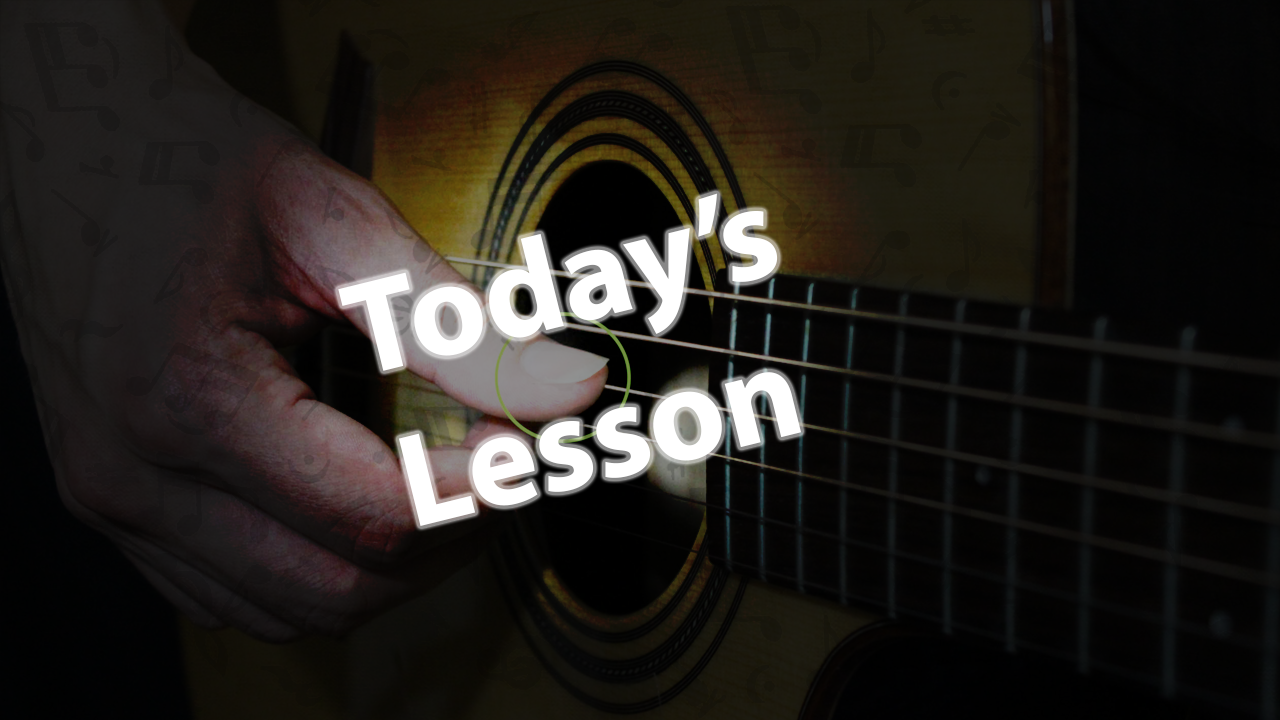Understanding Guitar Tabs
Guitar tabs are a popular way for guitarists to learn and play songs without having to read traditional sheet music. Tabs are represented by six lines that represent the six strings of the guitar, with numbers indicating which fret to press down on each string. Here is a breakdown of how to read guitar tabs:
The Basics
Each number on a tab represents a fret on the guitar. The top line of the tab represents the highest-pitched string (usually the high E string) while the bottom line represents the lowest-pitched string (usually the low E string).
Playing Techniques
Some tabs may include symbols to indicate different playing techniques, such as slides, bends, hammer-ons, and pull-offs. These symbols can help you replicate the sound of the original song more accurately.
Timing
While tabs provide information on which notes to play, they do not indicate the timing or rhythm of the song. It is important to listen to the song as you play along with the tab to get a better sense of the timing.
Practice Makes Perfect
Reading guitar tabs may seem confusing at first, but with practice, you will become more comfortable with interpreting them. Start with simple songs and gradually work your way up to more complex pieces.
Resources
There are many websites and apps that provide guitar tabs for popular songs. Take advantage of these resources to expand your repertoire and improve your guitar playing skills.


0 Comments